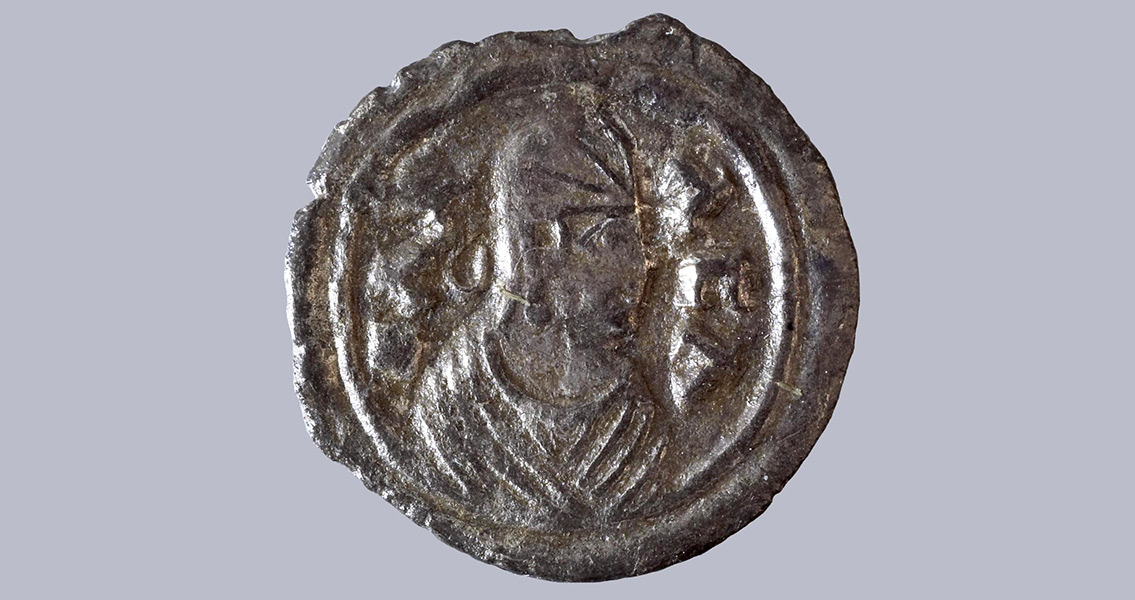<![CDATA[At its height, the Roman Empire stretched far and wide across the Mediterranean. Roman influence, spread by either gold or the gladius infiltrated the western world from the shores of North Africa to the southern reaches of the Scottish Highlands, and a new archaeological find in a 2,000 year old grave in Ethiopia has highlighted once again how much influence the empire had at its zenith. The site, located in the ruins of the ancient northern city of Aksum close to the border of Ethiopia and Eritrea, was at one time the epicenter of the Aksumite Empire. The kingdom flourished from 100 CE through 940 CE, thanks to its position on one of the major trade routes from the Western world through to India, although historians believe that there were likely trade settlements established in the region as early as the fourth century BCE. A research team of a dozen experts led by former British Museum curator Louise Schofield toiled for six long weeks to unearth the burial site. There they discovered Roman treasures, such as ornate drinking flasks and polished bronze mirrors, buried with the human remains; these treasures have been dated back at least two thousand years – well before any record exists of Romans trading with Aksumites. In an interview with The Observer, Schofield spoke about the mystery of the Ethiopian region and the surprising secrets the dig site holds. The grave goods buried with the bodies indicate a very robust and intense trade with Rome, the expedition leader said, remarking that “extraordinarily precious things were travelling from the Roman Empire through this region” several hundred years before the time most historians would have pointed to as a contact point between the two cultures. One of the most noteworthy burials in the site is one for the woman that Schofield and her team have dubbed “Sleeping Beauty”. The care in which the body was placed and the quality of the goods she was buried with indicate she had been a woman of consequence in life and was likely to have been quite wealthy for the age. Many of the most expensive Roman artifacts were found buried with Sleeping Beauty – including the bronze mirror, which was positioned in such a way that it was reflecting the woman’s face back at her within her grave. The expedition, which was jointly funded by individual donations, the Tigray Trust and the Headley Trust, will be sending the findings to a newly formed, German-funded museum that is scheduled to open its doors in October of this year. However, Schofield said that she hopes to harness her contacts at the British Museum to organize a loan once the artifacts have been preserved properly. Sleeping Beauty’s bronze mirror, for example, has suffered two thousand years of neglect that have left it corroded and even bent in several places. A group of nine conservators have been dispatched from the German museum to aid in the process. Image courtesy of Wikimedia Commons user: Walters Art Museum]]>
Roman Archaeological Find Discovered in Ethiopia
